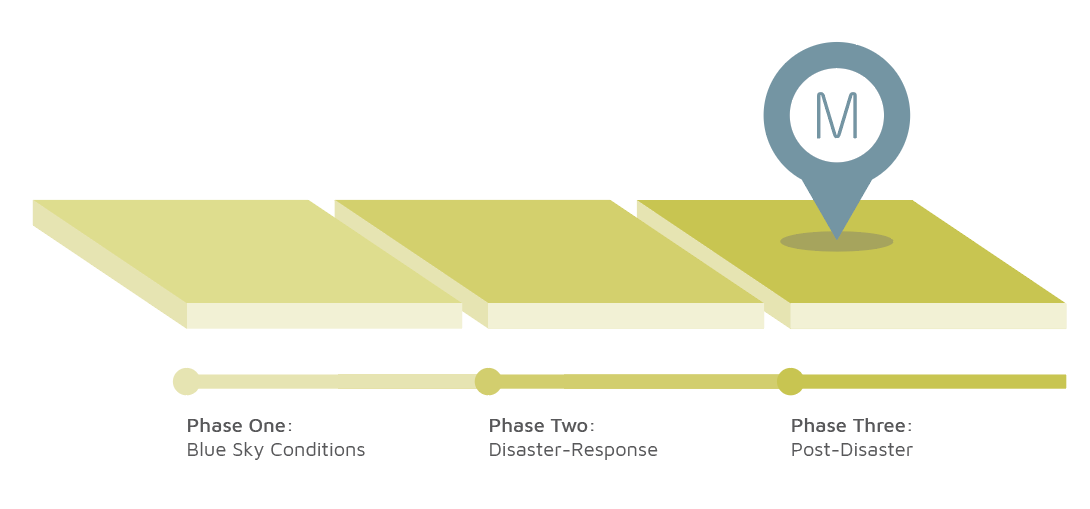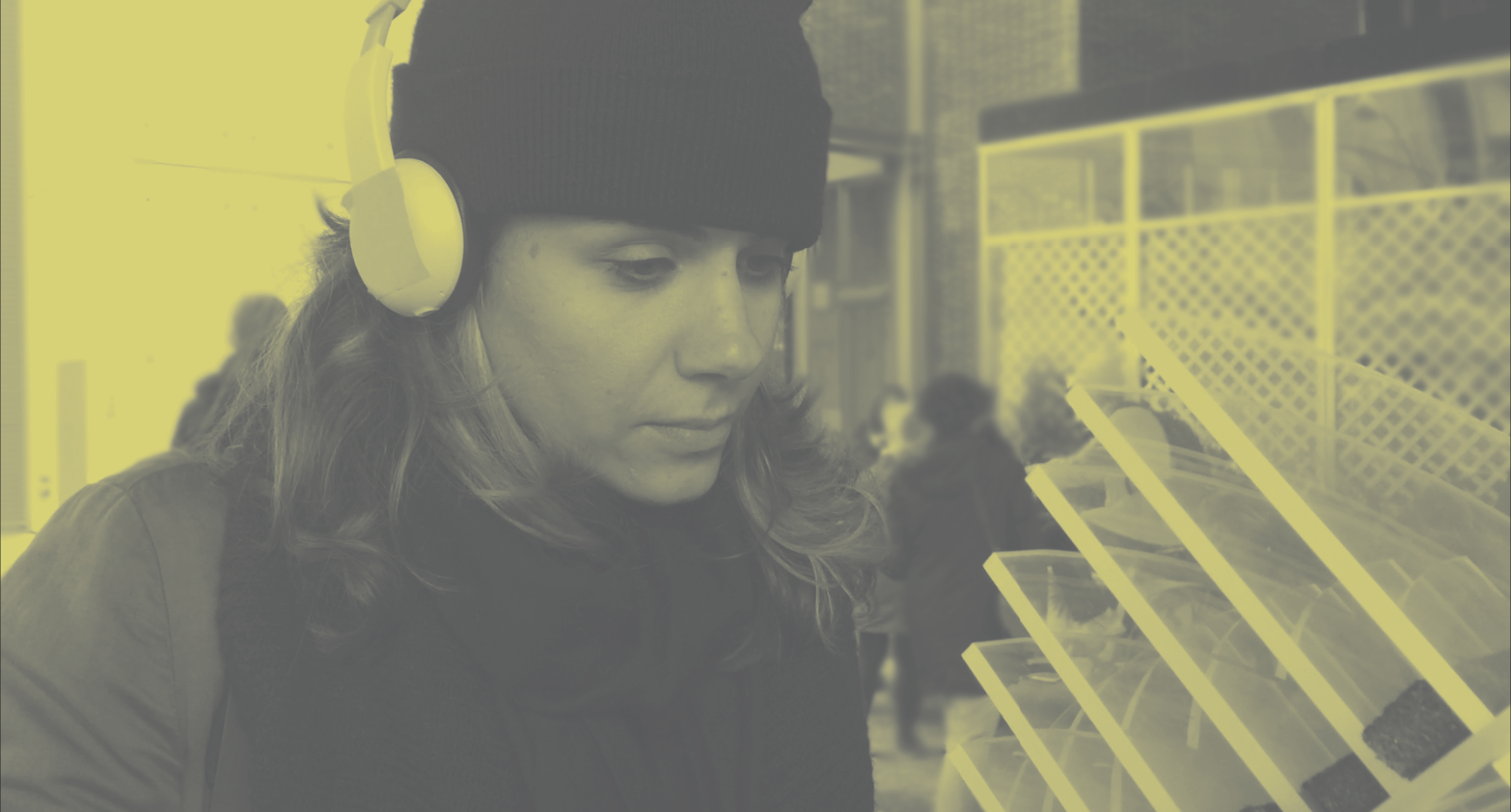Project Metis
A mindful intervention that provides personal space for reflection post-emergency situations by listening and learning
Thought experiment in partnership with the New York City Emergency Management Department using current and emerging technology, live-action simulation, and role-playing as a means of investigating urban emergency scenarios and the challenges that threaten human life, human rights and social justice.
TEAM: Sankalp Bhatnagar and Ker Thao
ROLE: design strategist, facilitator, service designer
PARTNERED WITH: New York City Emergency Management Department

OVERVIEW
As a part of a larger live-action scenario and role-play simulation with the New York City Emergency Management, Project Metis was conceived as a way to provide disaster victims with personal space for reflection through listening and learning. Combining current and emerging technology, Metis acts as an intelligent resource network with algorithms that help New York City map neighborhood needs without intrusive protocol.
Metis’ main purpose is to address the psychological, mental, and emotional needs of victims post-disaster. With the ability to memorize, recognize, and learn about the lived experiences of victims and their neighborhoods, Metis can also help identify and properly distribute resources to those in need.
PROCESS
RESEARCH
Through primary research, we analyzed disasters ranging from present day to several hundred years back, focusing on disaster preparedness, response, recovery, and mitigation. One outstanding result of the research was the lack of resource and aid for the psychological well-being of disaster victims.
DESIGN
Based on our discoveries, we wanted to create a way to help alleviate the stress individuals face during and post disaster. We asked, “How might we help communities envision alternative ways emerging technologies can help amplify the unheard stories of victims?” By repurposing recent developments in Artificial Intelligence and Conversational user Interfaces, we created Metis to be integrated with existing technologies throughout New York City.
SIMULATION
As an integral part of the live-action simulation, participants are given persona cards with background information and personal motivations. Each persona plays a unique role in the three-phase simulation:
Blue Sky Conditions, Disaster-Response, and Post-Disaster.

At the beginning of each phase, an annoucement is made detailing the current situation and environment. Participants embody their personas according to the information provided and try to achieve their motivations through engaging within the controlled simulation area.
In the third Phase, following disaster scenarios, Metis is deployed throughout the city to neighborhoods to help record and provide auditory feedback of the needs of people. Users also have the ability to use Metis to listen to previously recorded stories of people within their own neighborhood or other neighborhoods. Metis is capable of learning through stories and suggestions and provides the New York City Department of Urban Intelligence with information based on needs of victims in neighborhoods to effectively distribute resources.
A core part of Metis is to ensure equal and just distribution of not just emotional and psychological resources, but other resources which include food rations, water, and everyday items.
The NYC Department of Urban Intelligence utilizes the data collected by Metis throughout New York City to relay information to resource distribution aids, such as FEMA and the Red Cross.
IMPACT & TAKEAWAYS

Project Metis allowed us to imagine how our current technology can be leveraged to help in times of disaster. Through this process we began to explore the questions of ethics of integrating AI technology into everyday life and how might we better distribute aid to communities in need. We saw the value of designing and creating a live-action simulation to address challenges of human rights and social justice issues during disasters as well as see the benefits of this process for designers working on complex, systemic challenges.
Read more about the project: http://doggerel.arup.com/the-new-york-city-blackout-that-never-happened/



